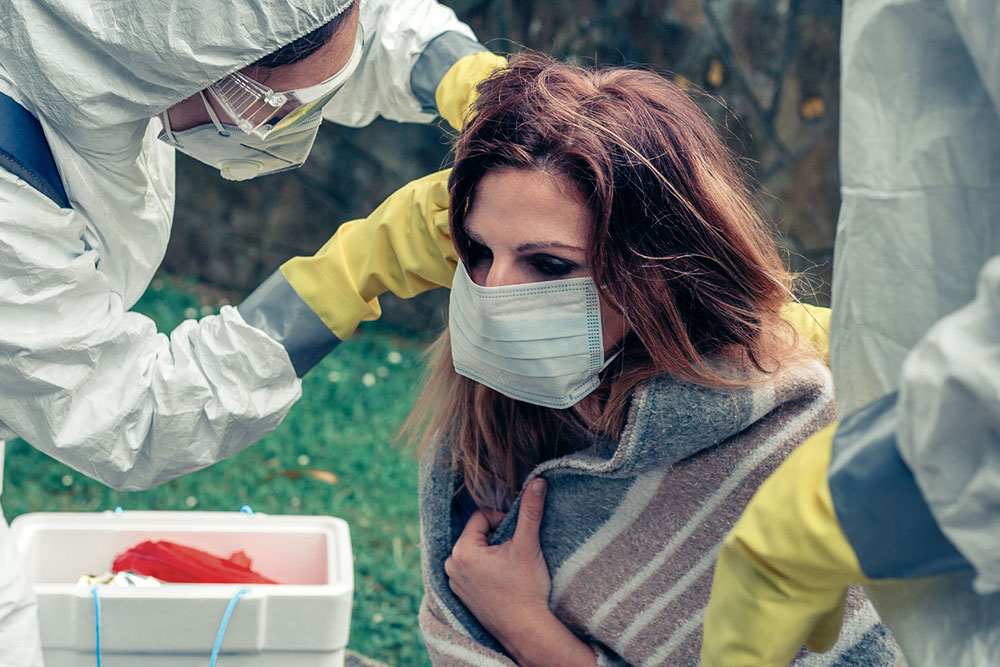11 places that are respiratory virus hotspots

In today’s world, the need for awareness about respiratory virus hotspots is greater than ever. Understanding the environments that serve as breeding grounds for these infections is crucial for safeguarding public health. From bustling transportation hubs to seemingly innocuous daily spaces, each location presents a unique set of challenges. Due to the constantly changing weather and other factors leading to increasing respiratory issues, here are several places that can be hotspots for respiratory viruses.
Public transportation hubs
Public transportation hubs are bustling centers where people from various walks of life converge. The proximity of individuals in buses and trains and inadequate ventilation create an ideal setting for respiratory viruses. To reduce the risk of transmission, commuters should wear masks, use hand sanitizers, and maintain a safe distance.
Airports
With their constant influx of travelers, airports are potential breeding grounds for respiratory viruses. The confined space of airplane cabins and shared facilities increases the risk of transmission. Travelers are advised to use personal protective equipment, practice frequent hand hygiene, and maintain physical distance to mitigate the risk.
Shopping malls
The vibrant atmosphere of shopping malls, especially during peak hours, facilitates the rapid spread of respiratory viruses. Shoppers can reduce risk by limiting time spent in crowded areas, maintaining distance from others, and diligently sanitizing their hands after touching surfaces.
Healthcare facilities
While healthcare facilities are essential for treating illnesses, they can also be a hotspot for respiratory viruses. Strict adherence to infection control measures, including regular handwashing, mask-wearing, and isolation protocols, is crucial for both healthcare providers and visitors.
Schools and universities
Educational institutions with a high density of students can serve as hotspots for respiratory viruses. Implementing strict hygiene practices, promoting vaccination, and enhancing ventilation in classrooms are essential steps to reduce the risk of outbreaks.
Offices and co-working spaces
Since individuals spend prolonged hours in close proximity, offices are conducive to respiratory virus transmission. Regular cleaning, proper ventilation, and a flexible work-from-home policy can help mitigate the risk.
Gyms and fitness centers
Intensive physical activity in enclosed spaces can lead to increased respiratory droplet production. Gyms should enforce stringent cleaning measures, encourage mask-wearing, and maintain proper ventilation to reduce the risk of virus transmission.
Concerts and large events
Mass gatherings in confined spaces amplify the risk of respiratory virus transmission. Attendees should follow event guidelines, wear masks, and practice good hand hygiene to minimize the risk of infection.
Cruise ships
The close quarters on cruise ships make them ideal environments for the spread of respiratory viruses. Travelers should exercise caution, adhere to hygiene protocols, and consider getting the required vaccinations before cruising.
Shelters
Shelters often struggle with overcrowding and limited resources, making them susceptible to respiratory virus outbreaks. Adequate spacing, enhanced sanitation measures, and access to healthcare services can help mitigate the risk.
Construction sites
Dust and poor ventilation at construction sites can exacerbate respiratory issues. Workers should use personal protective equipment, including masks, and employers should implement measures to improve air quality.
People with colds, flu, or other respiratory illnesses must avoid these places. Their condition can make them susceptible to further complications while also acting as a source of infection for others in the same space.





